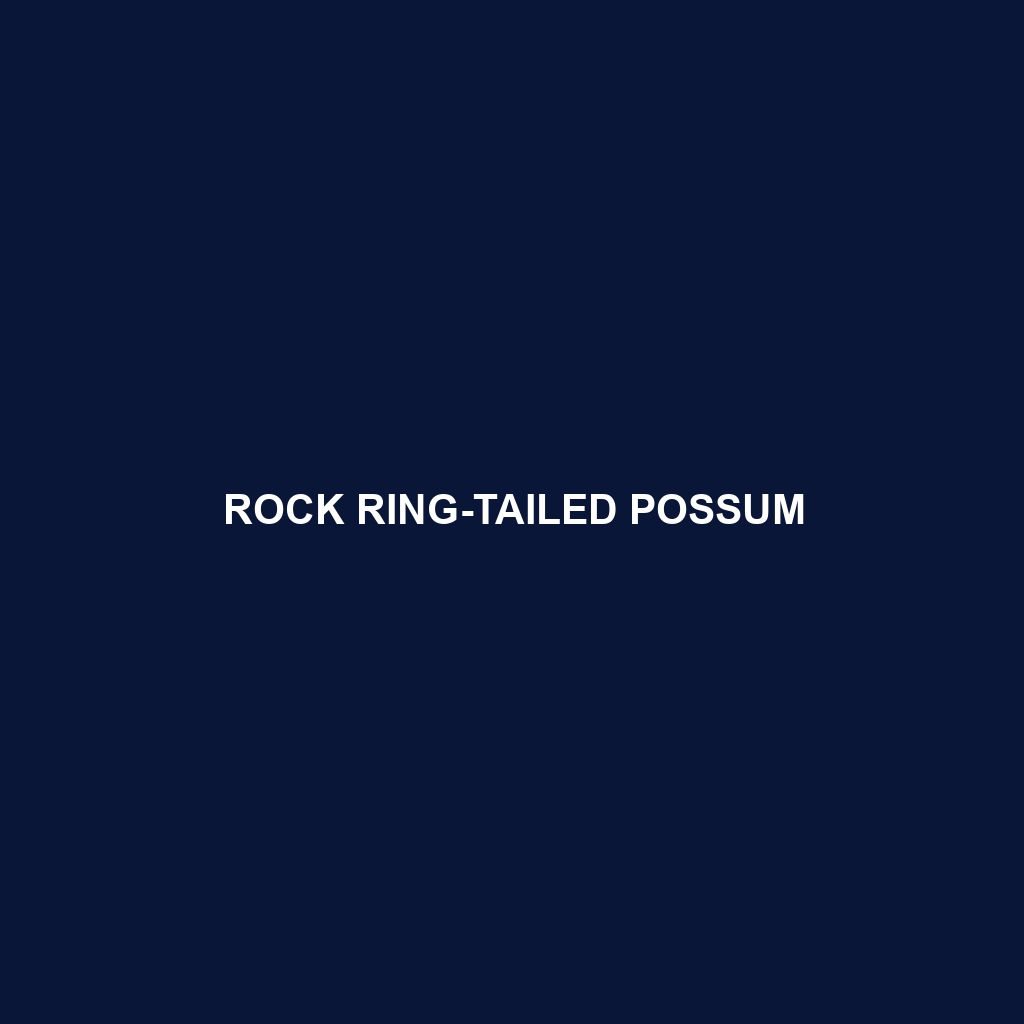Honey Possum (Tarsipes rostratus)
:
The Honey Possum, also known as the Noolbenger, is a small, nectar-feeding marsupial native to the southwestern region of Australia. Despite its name, the Honey Possum does not consume honey but instead feeds on nectar and pollen from flowering plants. Known for its unique diet and specialized adaptations, this tiny creature plays a crucial role in the pollination of various plant species within its habitat.
Physical Characteristics:
Size: Honey Possums are diminutive in size, with an overall body length ranging from 7 to 9 centimeters (2.8 to 3.5 inches) and a prehensile tail measuring about 8 to 10 centimeters (3.1 to 3.9 inches). They typically weigh between 7 to 12 grams (0.25 to 0.42 ounces).
Coloration: Their fur is soft and dense, exhibiting a grey-brown coloration on the dorsal (upper) side and a paler, sometimes creamy white, underbelly. This coloration provides camouflage in their natural habitat.
Special Features: Honey Possums possess an elongated snout and a long, protrusible tongue, adapted for extracting nectar from deep within flowers. Their prehensile tail aids in climbing and stability among branches.
Behaviors:
Social Interactions: Honey Possums are generally solitary, though they are known to come together in small groups when feeding. They exhibit nocturnal and crepuscular activity patterns, being most active during twilight and nighttime hours.
Feeding Habits: These marsupials are specialized nectarivores and frugivores, primarily feeding on nectar and pollen from a variety of flowering plants, particularly those in the Myrtaceae and Proteaceae families. They play a vital role in the pollination of these plants as they move from flower to flower.
Ecological Roles: As pollinators, Honey Possums contribute significantly to the health and reproduction of their ecosystems. Their feeding activities facilitate the cross-pollination of numerous plant species, ensuring genetic diversity and plant vitality.
Habitats:
Range: Honey Possums are endemic to the heathlands and shrublands of southwestern Australia, particularly in regions with a high diversity of flowering plants.
Habitat Preferences: They thrive in areas characterized by dense undergrowth and an abundance of flowering shrubs, providing ample food resources and shelter.
Adaptations:
Dietary Adaptations: Their highly specialized diet has led to the evolution of a long, brush-tipped tongue, perfectly designed for lapping up nectar and pollen. Their digestive system is also adapted to process this diet efficiently.
Physical Adaptations: The prehensile tail and dexterous limbs allow for agile climbing and maneuvering among branches and flowers. Their small size and cryptic coloration help evade predators.
Conservation Status:
According to the International Union for Conservation of Nature (IUCN), the Honey Possum is currently classified as “Least Concern” due to its relatively stable population. However, habitat loss due to land clearing, agriculture, and urban development poses potential threats. Conservation efforts focus on preserving their natural habitats and reducing habitat fragmentation.
Fun Facts:
Unique Diet: The Honey Possum is one of the few marsupials with a diet consisting almost entirely of nectar and pollen.
Tiny Pollinators: Despite their small size, Honey Possums are incredibly important pollinators for numerous plant species, some of which are key to the local ecosystem’s health.
Longevity: Honey Possums have a relatively short lifespan, typically living up to 1-2 years in the wild.
The Honey Possum is a fascinating example of specialized adaptation and ecological significance, highlighting the intricate connections within Australia’s unique ecosystems. Their continued survival depends on our efforts to protect their habitats and understand their role in the natural world.
